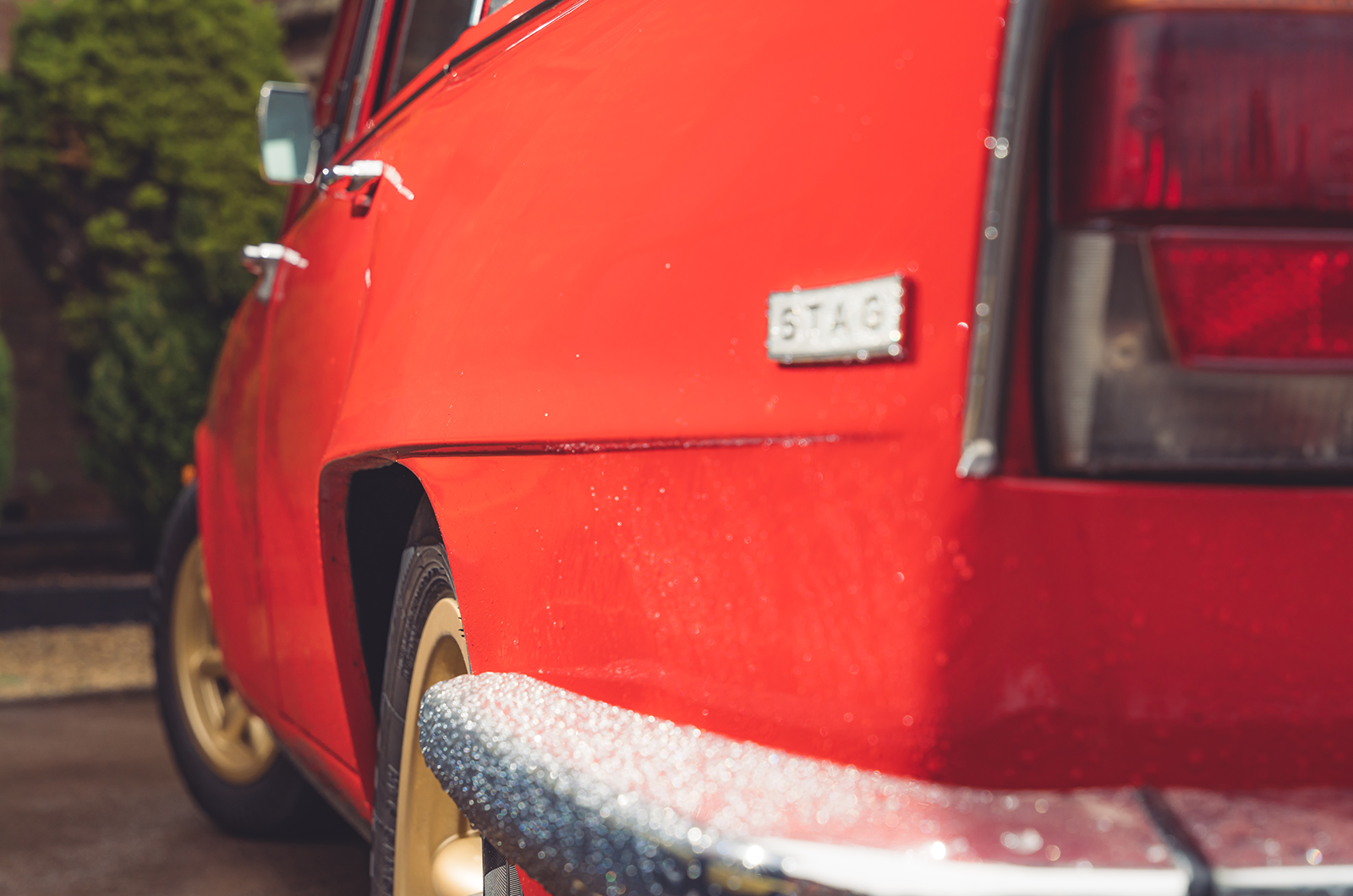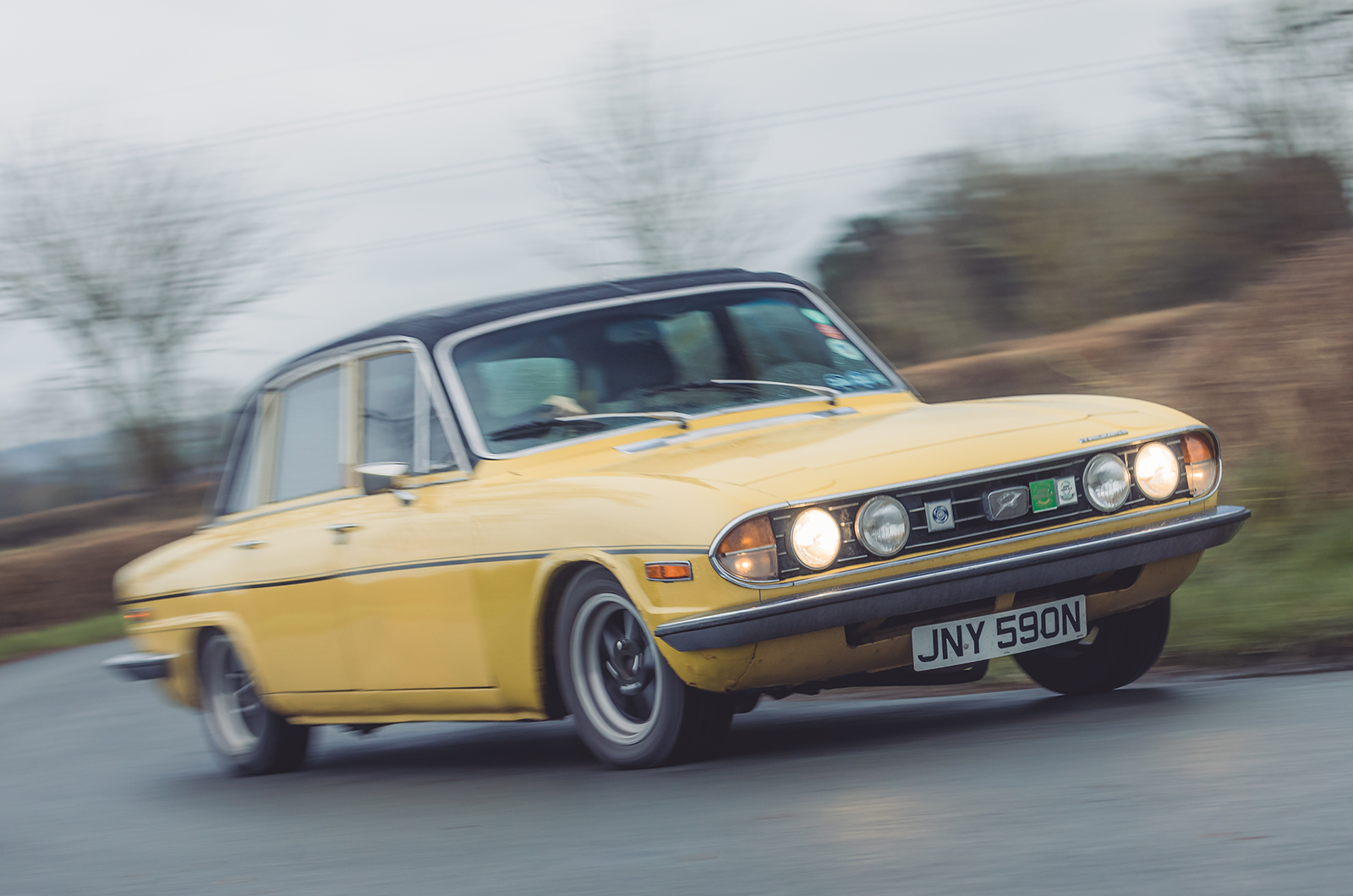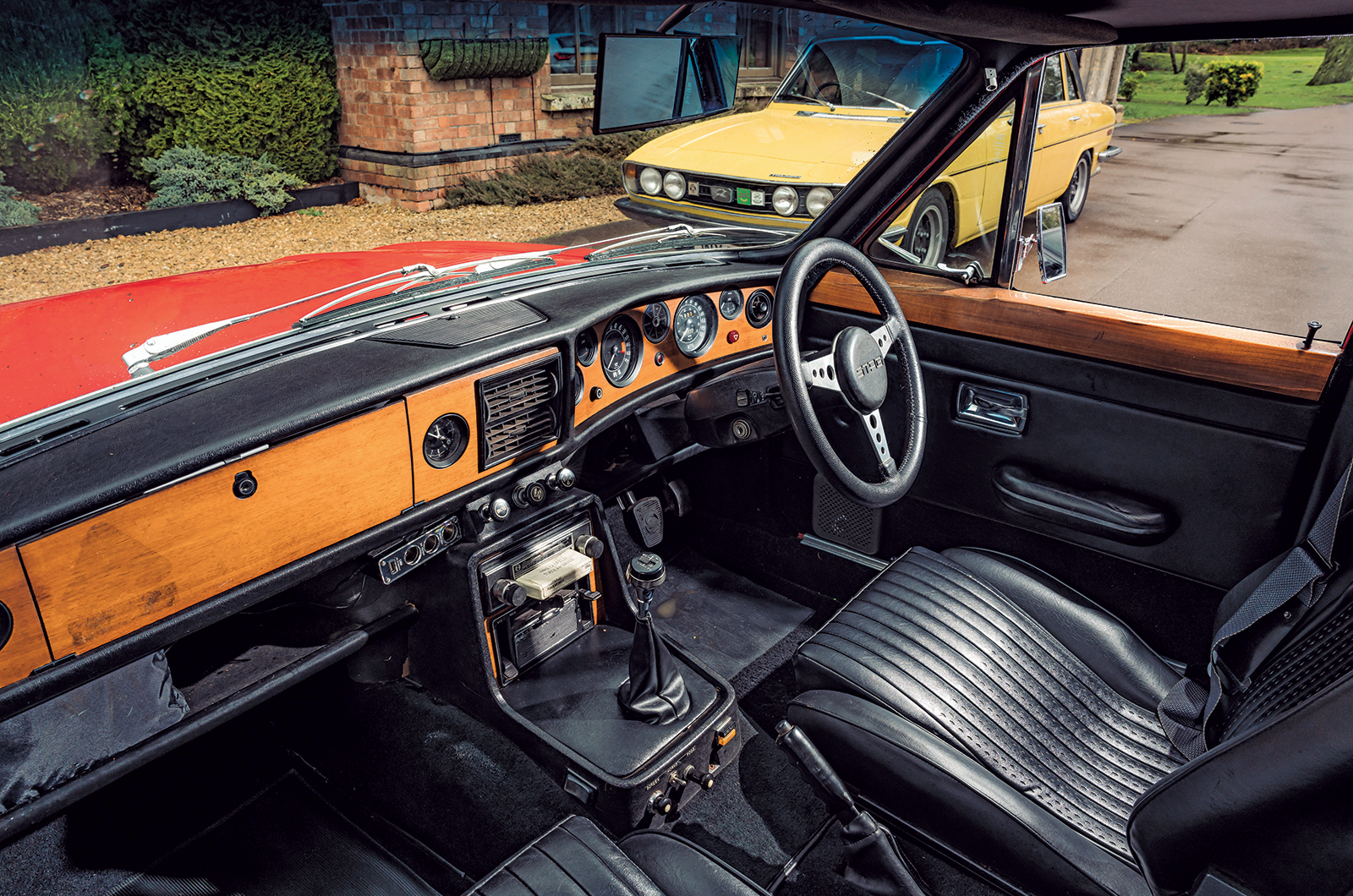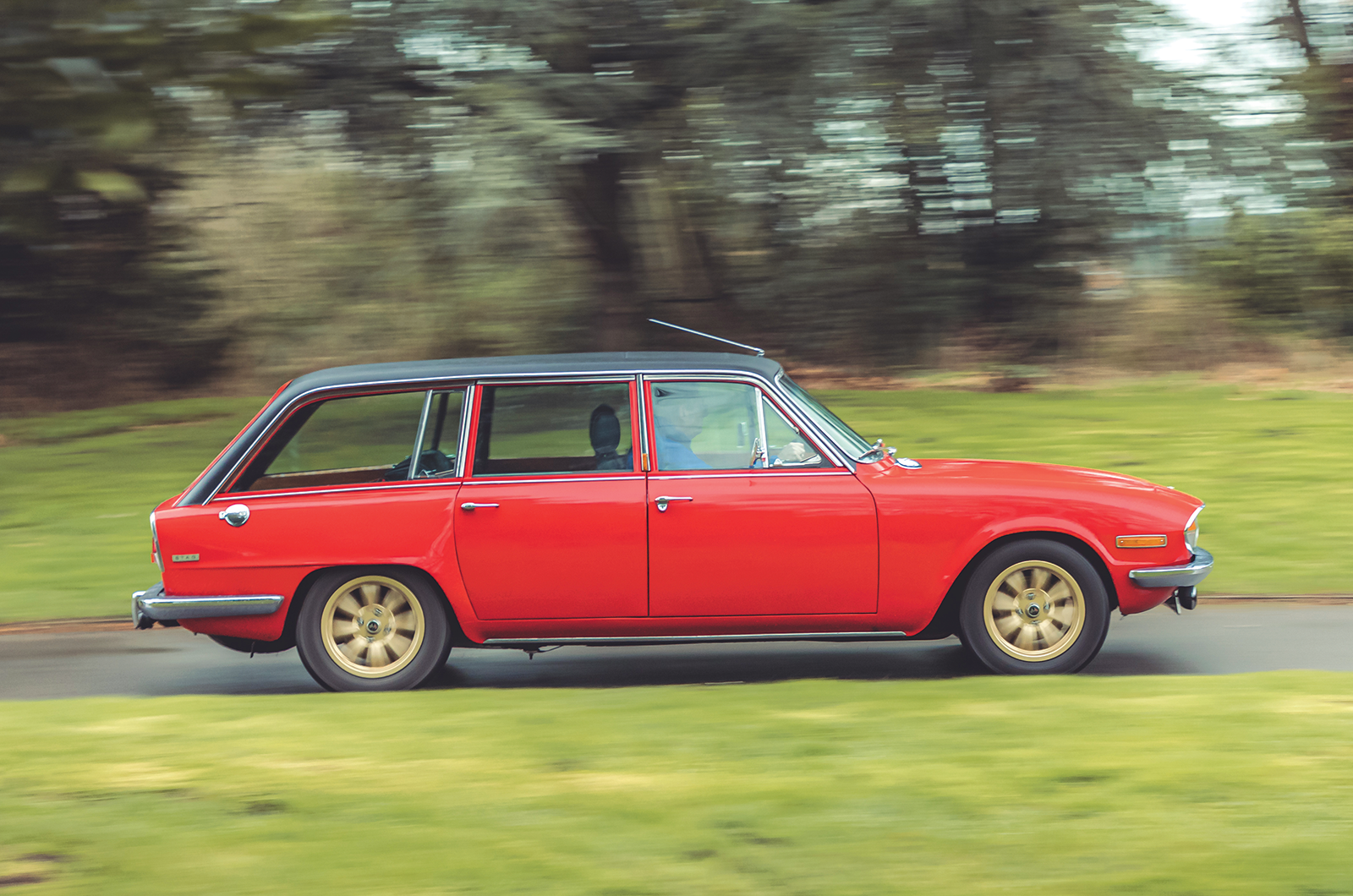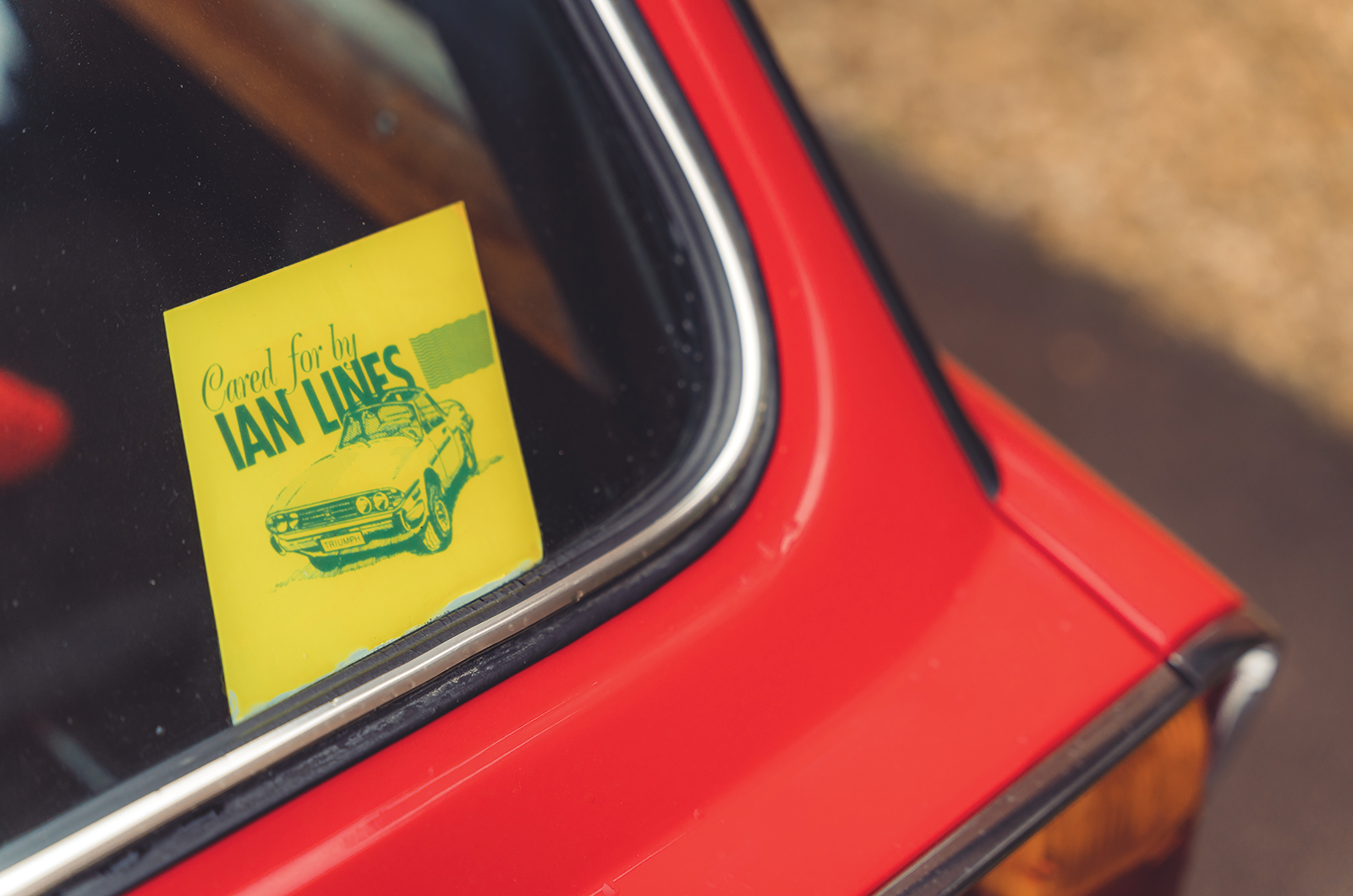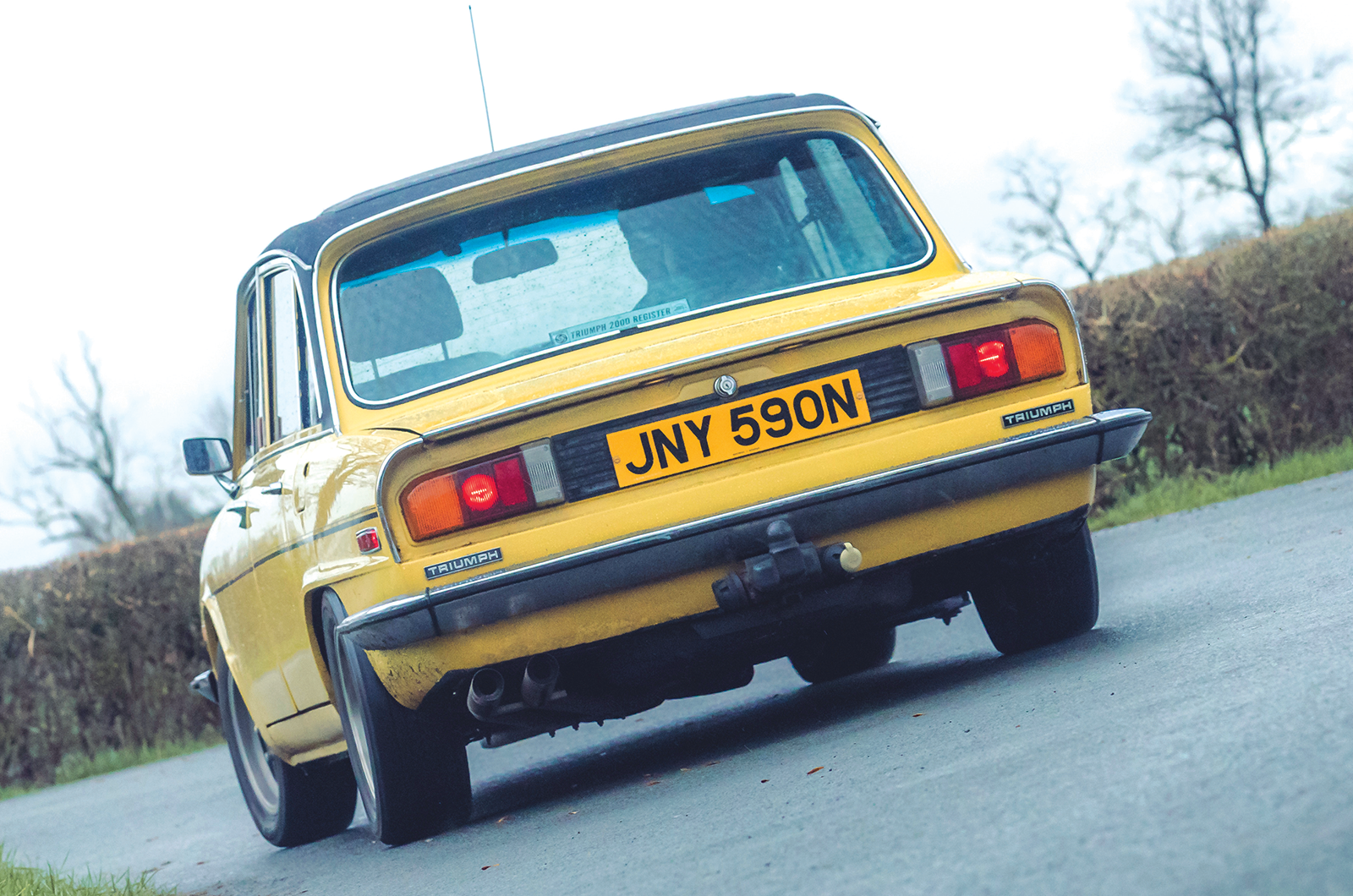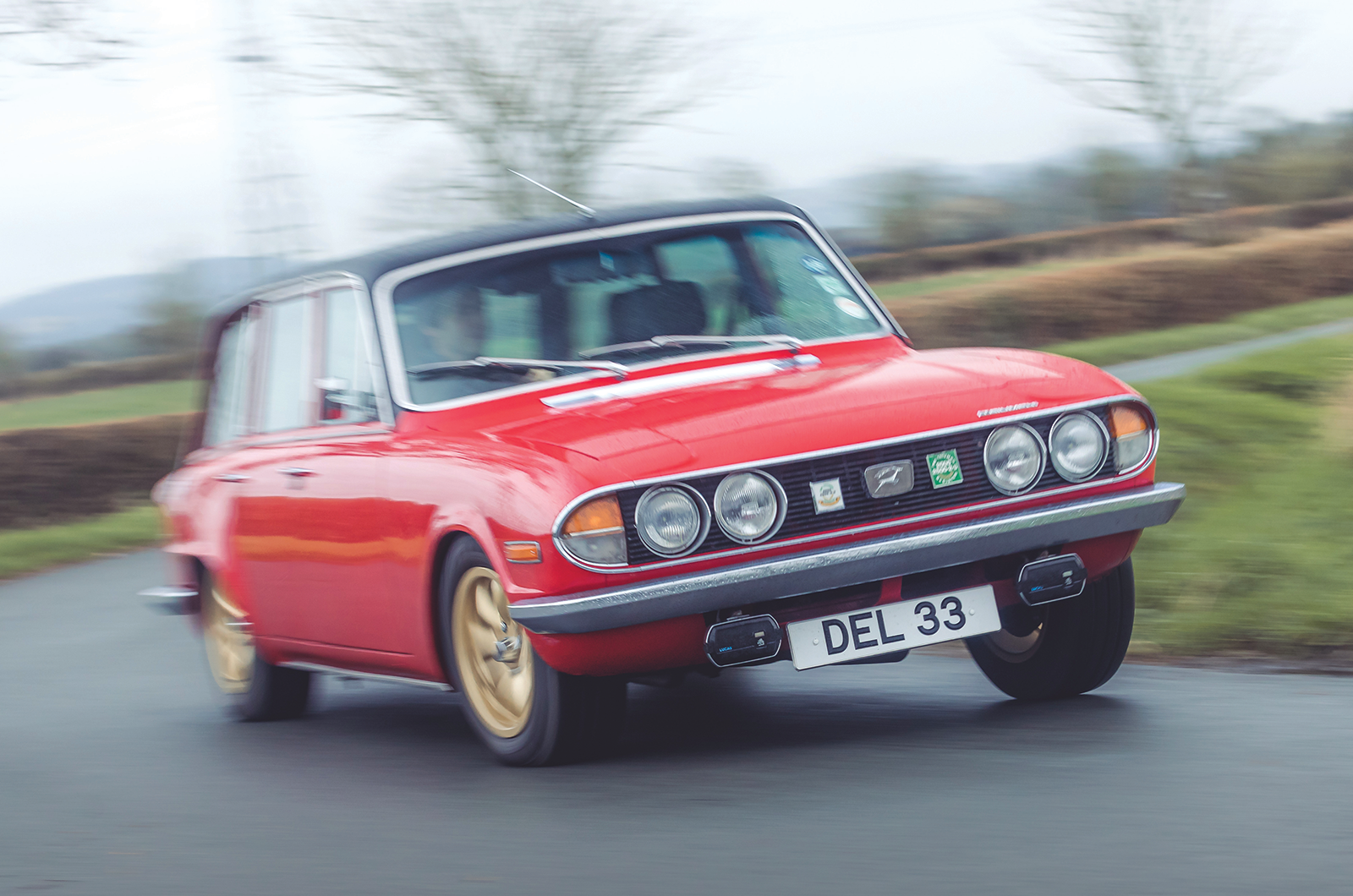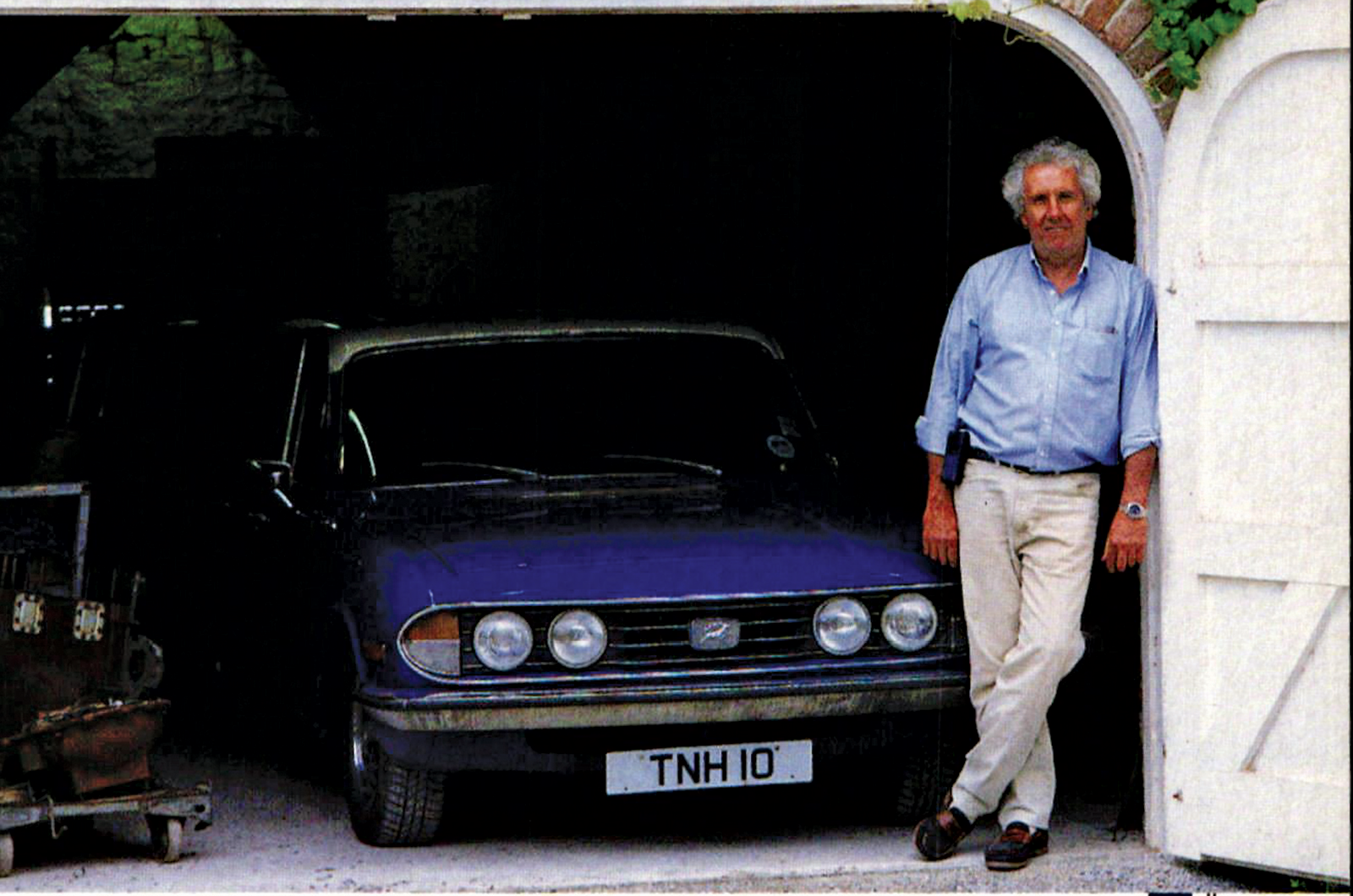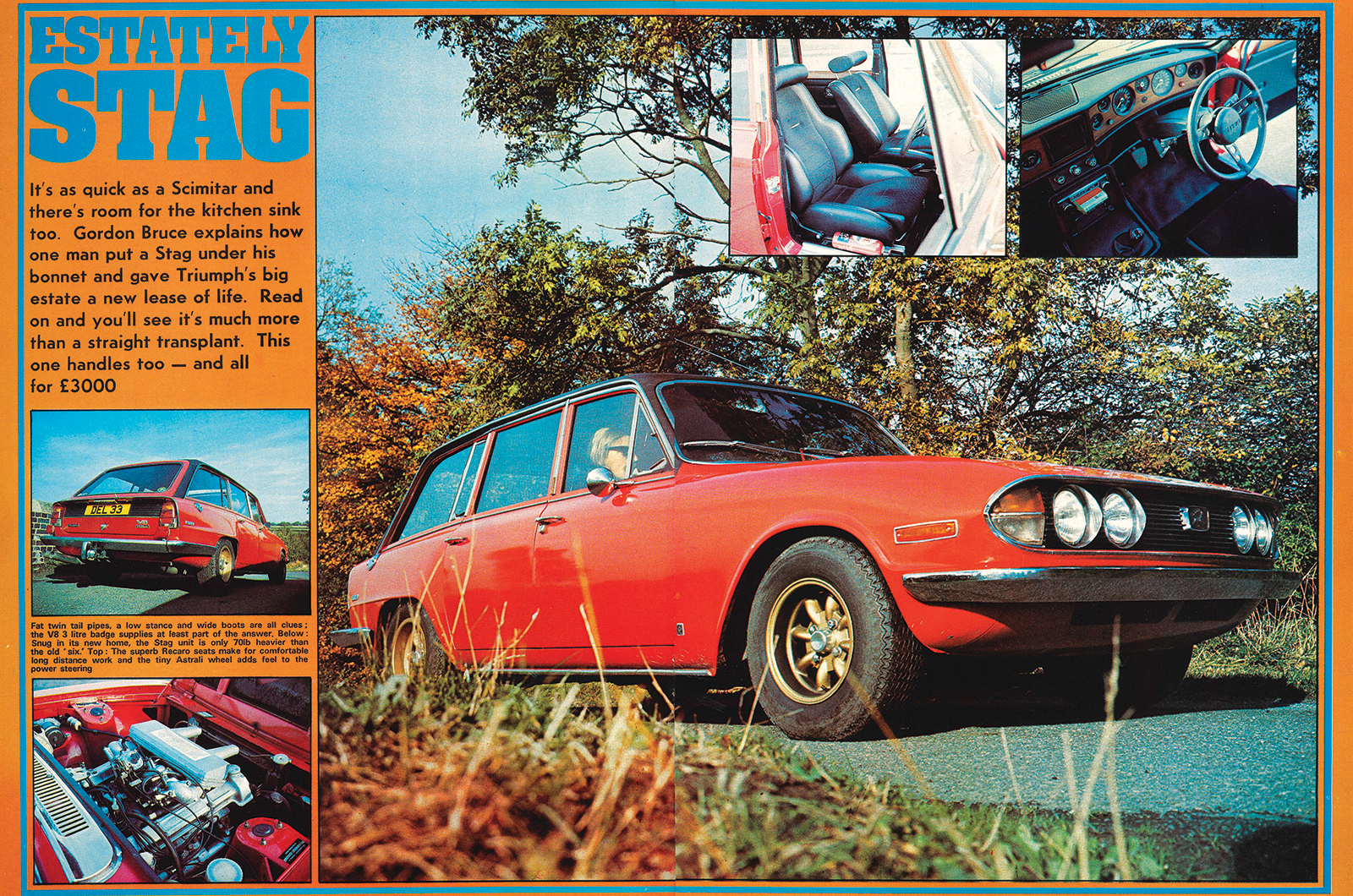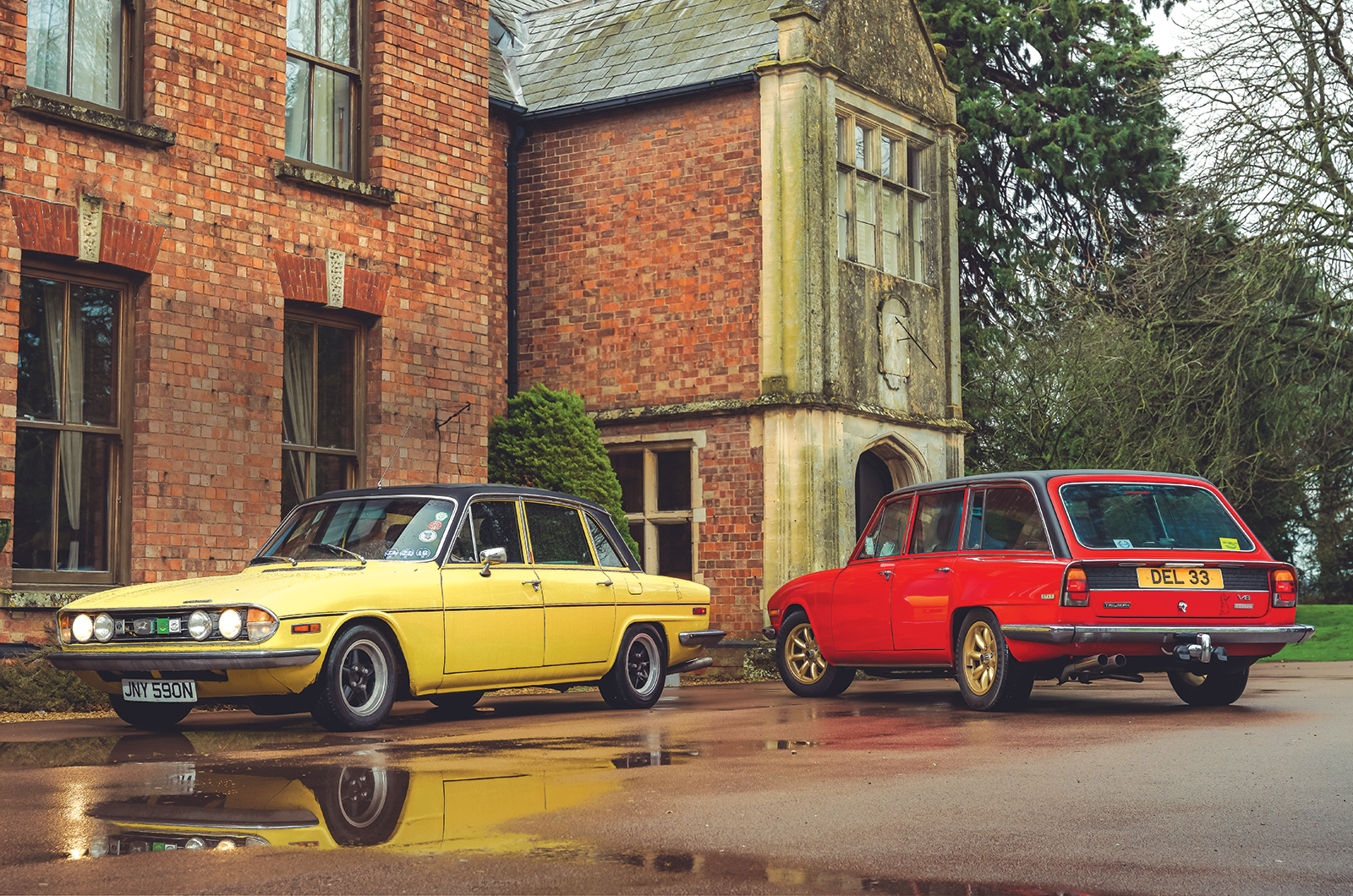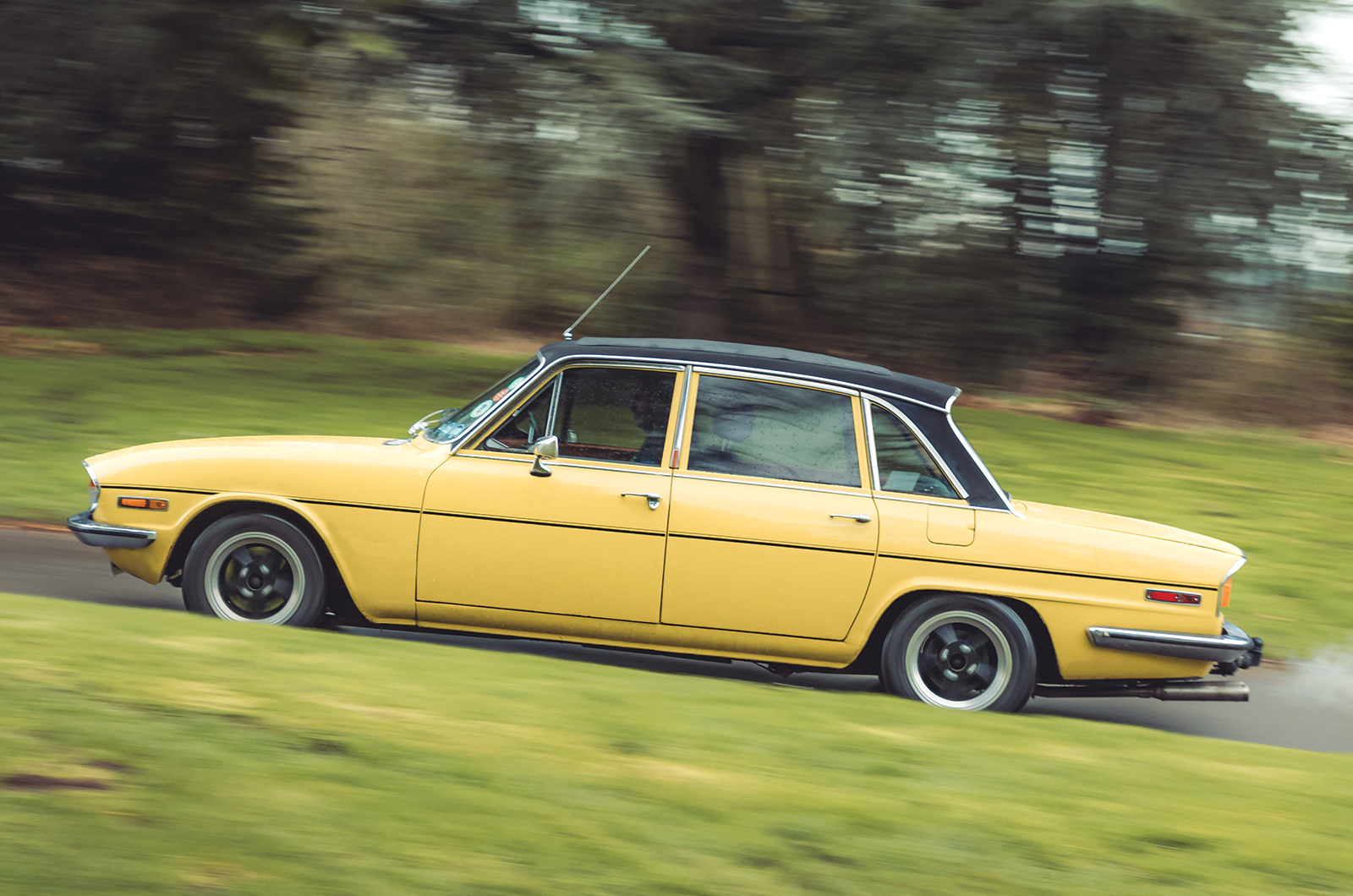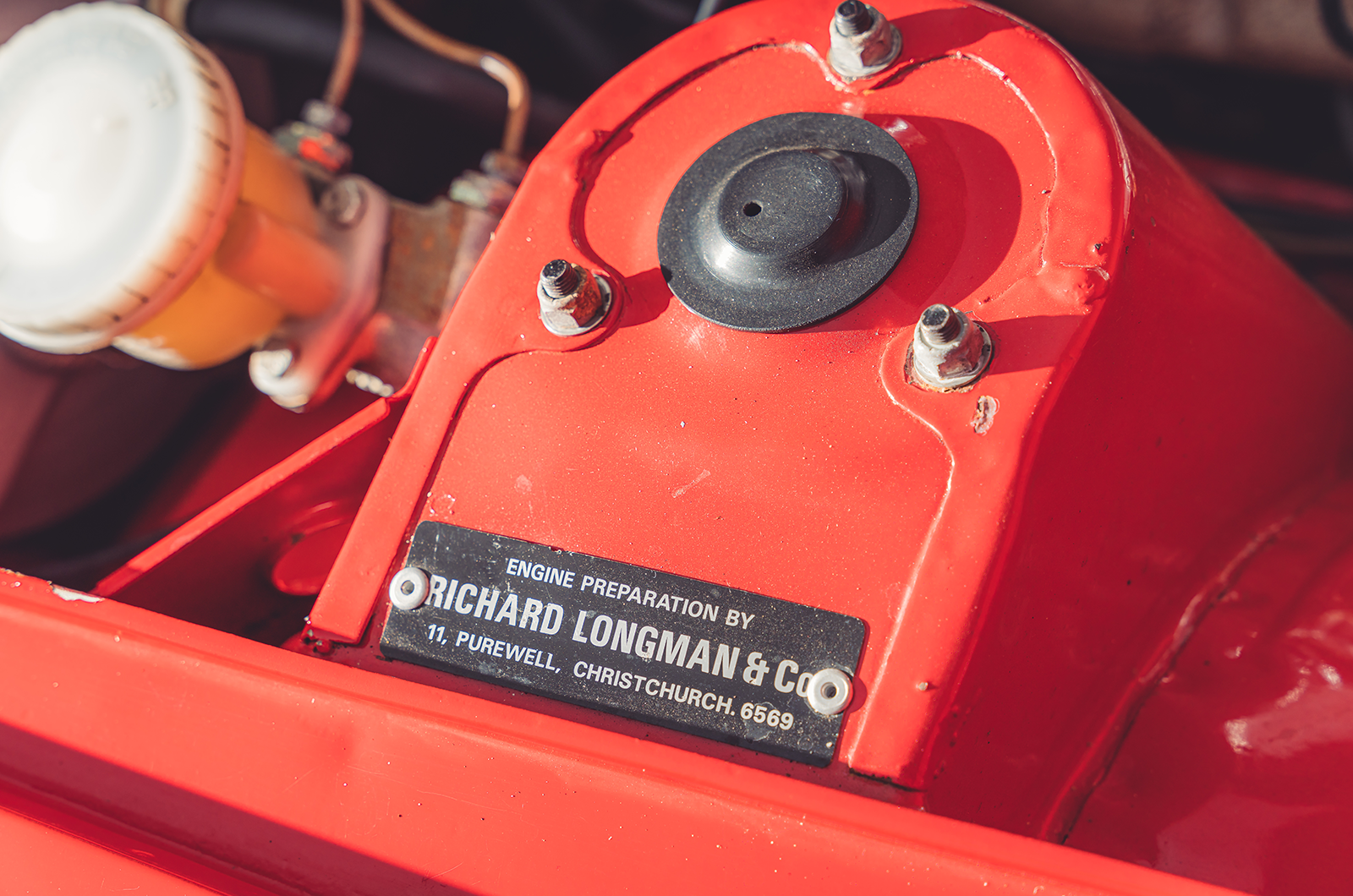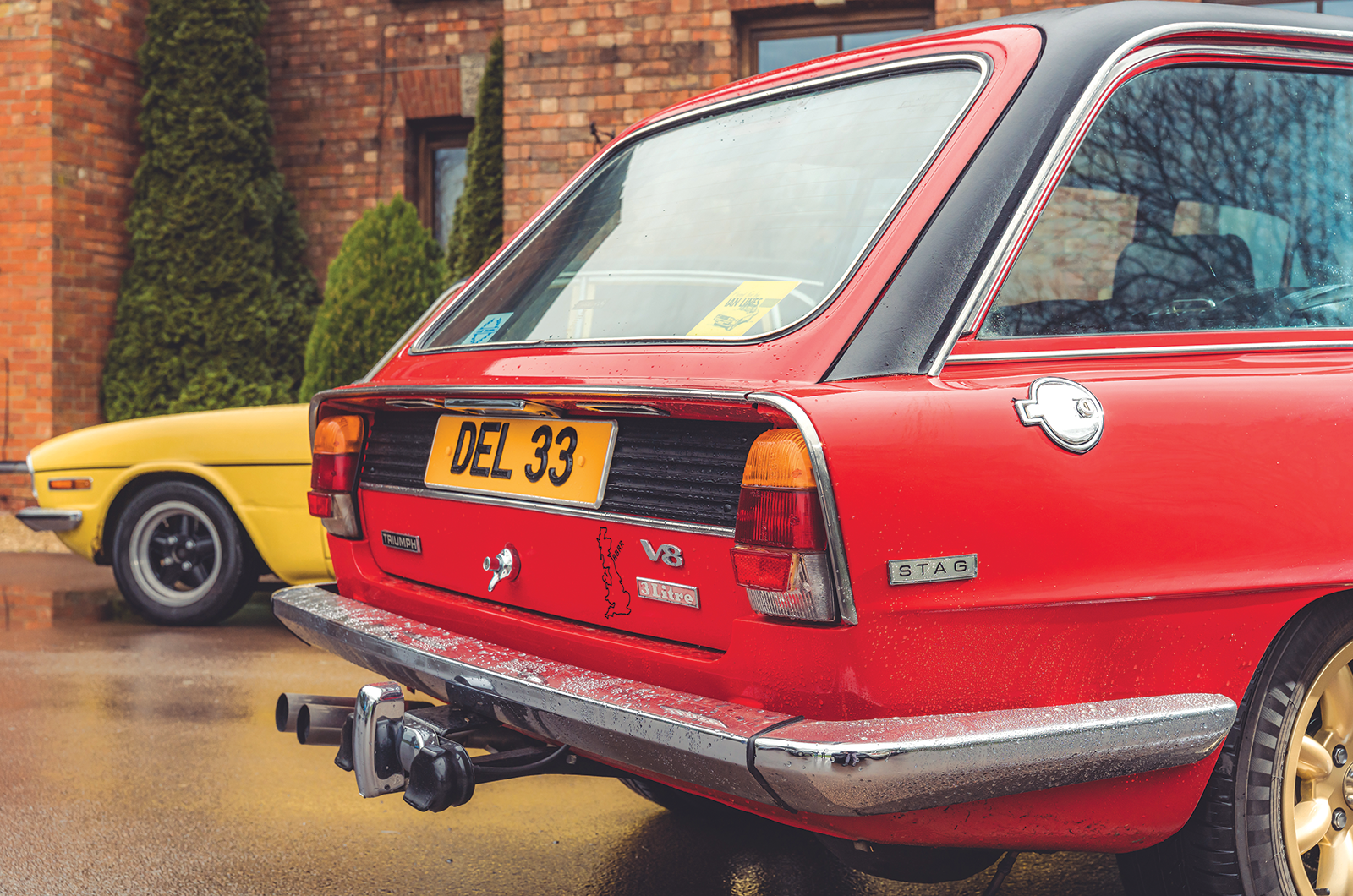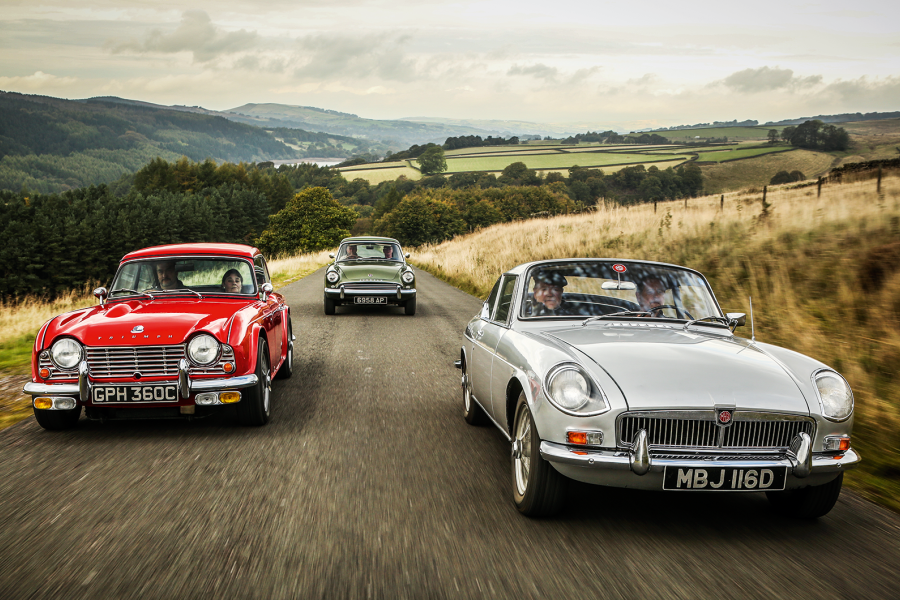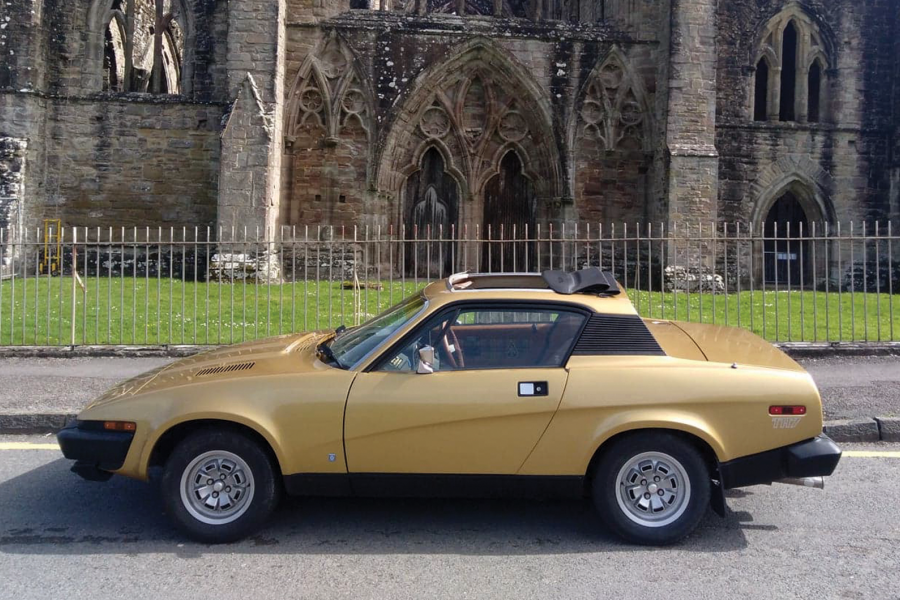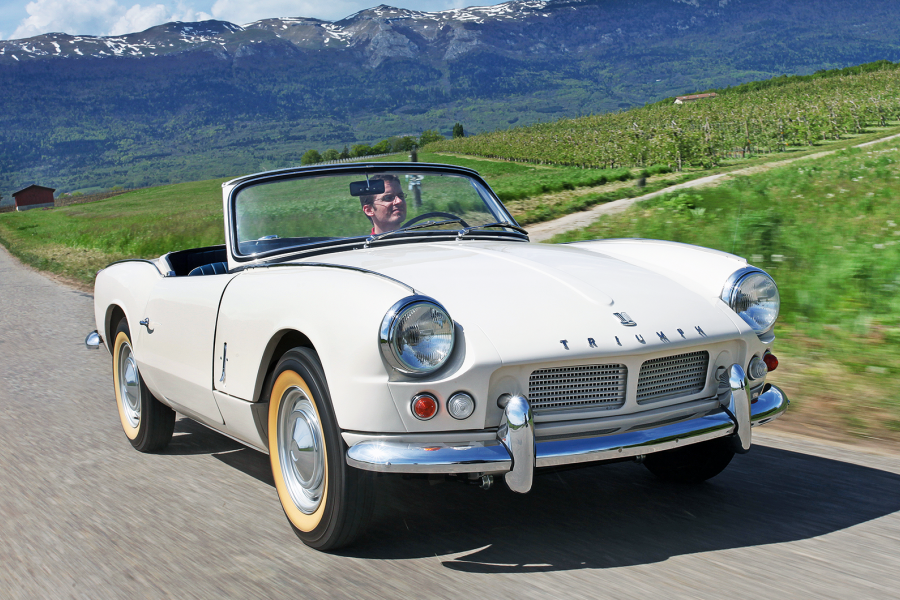Lines reckoned that Triumph could have sold 10,000 of the cars if it had become a proper model, and on this evidence it’s hard to disagree.
Not until the Mercedes-Benz 280TE arrived in 1977 did any wagon come close to doing what the Stag Estate could do, and the S123 quickly became one of the German marque’s most famous models.
The real unsung hero of this story, however, might just be the Stag Saloon.
Having built just three of them in his truncated production run of 25 cars (the estate/saloon breakdown of the later conversions is unknown), and never having one himself, you get the feeling Lines’ heart was more in the wagon models.
Perhaps Triumph missed a trick by not building Stag saloons and estates itself?
Certainly in the decades since they were constructed, it is the Stag Estates that have become the real legends among Triumph enthusiasts.
Yet with its lighter weight, lower profile and quieter interior, the Stag Saloon is an incredibly compelling machine.
Less novel undoubtedly, because BL already had a V8 saloon in its stable in the form of the Rover P6 – and there would have been overlap with Jaguar, too.
But this is a truly sporting saloon, lighter and more agile than any Rover or Jaguar, and a genuine rival to the faster BMW 5 Series models coming out of Munich throughout the 1970s.
The Triumph Stag saloons and estates now represent the pinnacle of the Triumph 2000/2500/2.5 line to some model aficionados
It’s a real shame Triumph never built either model, but it’s brilliant that at least a couple of the originals survive.
Two further estates are known to exist: one in The Netherlands, the other having previously been in Andy’s stable for a decade – at which point he owned 50% of the remaining Atlantic Garage cars.
Naturally, The Triumph 2000/2500/2.5 Register pursues any potential lead to another survivor with vigour, and encourages anyone with an old Triumph saloon hanging around to check the chassis number for the distinctive ‘AG’ (Atlantic Garage) prefix.
Spot it, and you’ll have a real collector’s piece on your hands.
Images: Max Edleston
Thanks to: Mike Menhenitt, The Triumph 2000/2500/2.5 Register; Hatherley Manor Hotel & Spa
Factfile
Triumph Stag saloon/estate
- Sold/number built 1970-’76/25 (plus 26 later conversions on existing cars)
- Construction steel monocoque
- Engine iron-block, alloy-heads, sohc-per-bank 2997cc 90° V8, twin Zenith-Stromberg carbs
- Max power 145bhp @ 5500rpm (standard)
- Max torque 170lb ft @ 3500rpm
- Transmission four-speed manual with overdrive, RWD
- Suspension independent, at front by MacPherson struts, anti-roll bar rear semi-trailing arms; coil springs, telescopic dampers f/r
- Steering power-assisted rack and pinion
- Brakes discs front, drums rear, with servo
- Length 14ft 7in (4445mm)
- Width 5ft 5in (1651mm)
- Height 4ft 8in (1422mm)
- Wheelbase 8ft 10in (2692mm)
- Weight 2757lb (1250kg)
- Mpg 19
- 0-60mph 8.9 secs
- Top speed 121mph
- Price new £3000 (1973)
- Price now £25-50,000*
*Prices correct at date of original publication
Enjoy more of the world’s best classic car content every month when you subscribe to C&SC – get our latest deals here
READ MORE
Middlebridge Scimitar GTE: by Royal appointment
Buyer’s guide: Triumph 2000/2500/2.5
Shared heart: MG Midget 1500 vs Triumph Spitfire 1500
Charlie Calderwood
Charlie Calderwood is Classic & Sports Car’s Features Editor



